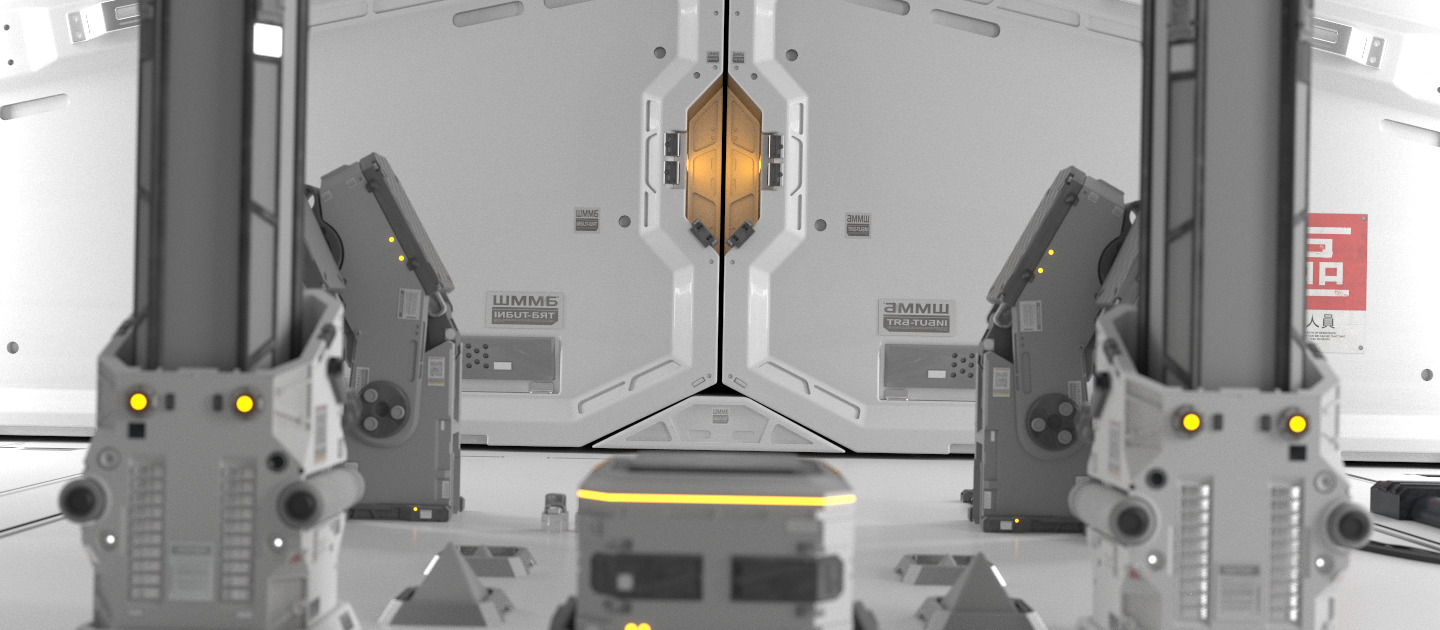..
Week of the 03/13/2023 - #11
Contents
tech
- Physically Based Rendering
science
- Shor’s algorithm with fewer (pure) qubits
Physically Based Rendering

This week I came across the Physically Based Rendering book which is a great free book on writting a physically based renderer (pbr). The book is great and all the source code for the pbr is available online in Github. It’s written in C++. Here are some information:
- Physically Based Rendering website - This is the main website for the project
- Physically Based Rendering:From Theory To Implementation - This is the third edition book written by: Matt Pharr, Wenzel Jakob, and Greg Humphreys. Table of contents
- Github project with source code - “This repository holds the source code to the version of pbrt that is described in the third edition of Physically Based Rendering: From Theory to Implementation, by Matt Pharr, Wenzel Jakob, and Greg Humphreys. As before, the code is available under the BSD license.”
- PBRT-V3 Fileformat - The fileformat used to describe the scene is well documented. In addition there are scripts that will convert blender files to
pbrt - Sample images rendered by pbrt - A collection of images rendered with the raytracer.
Other related links
- My first path tracer - A nice article written by Alexander Ameye on raytracing.
- Ray Tracing in One Weekend
- Ray Tracing in One Weekend Book Series - The Ray Tracing in One Weekend series of books are now available to the public for free directly from the web.
Shor’s algorithm with fewer (pure) qubits
I found this paper by Christof Zalka on optimizing Shor’s algorithm. This is a problem I worked on while I was an undergraduate student and published in this paper: Factoring in a Dissipative Quantum Computer. I hadn’t seen this paper before and I want to read it to understand how he manages to reduce considerably the number of bits needed to factor a n bit number.